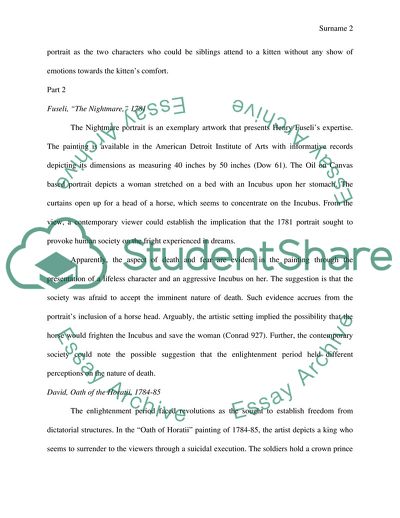Cite this document
(Analysis of Art History Essay Example | Topics and Well Written Essays - 1500 words, n.d.)
Analysis of Art History Essay Example | Topics and Well Written Essays - 1500 words. https://studentshare.org/history/1875039-art-history
Analysis of Art History Essay Example | Topics and Well Written Essays - 1500 words. https://studentshare.org/history/1875039-art-history
(Analysis of Art History Essay Example | Topics and Well Written Essays - 1500 Words)
Analysis of Art History Essay Example | Topics and Well Written Essays - 1500 Words. https://studentshare.org/history/1875039-art-history.
Analysis of Art History Essay Example | Topics and Well Written Essays - 1500 Words. https://studentshare.org/history/1875039-art-history.
“Analysis of Art History Essay Example | Topics and Well Written Essays - 1500 Words”. https://studentshare.org/history/1875039-art-history.


